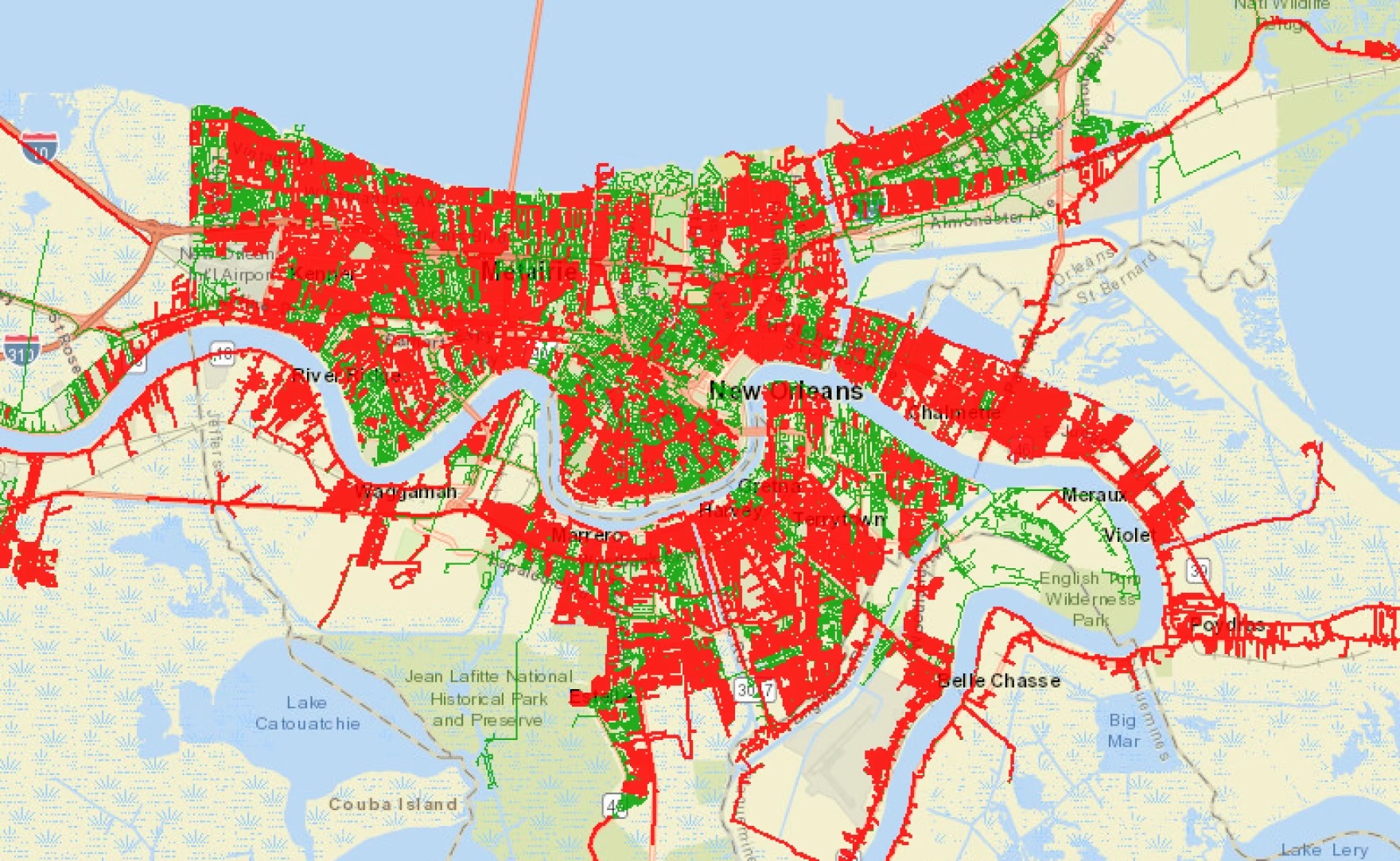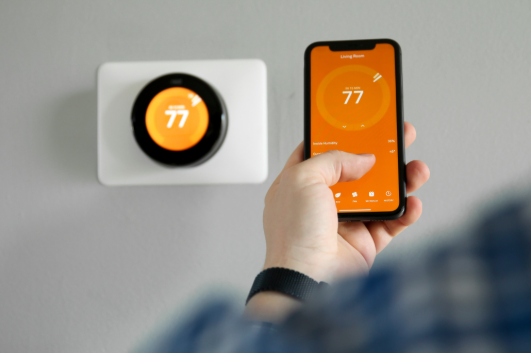The spring weather is finally here! As we roll up our sleeves and start our spring cleaning, we shouldn’t forget to clean up electrical hazards around the house.
From tangled electrical wiring to busted electrical systems and everything in between, make these electrical safety tips part of your spring cleaning checklist!
Inspect Electrical Cords and Reduce Clutter
Cords have a way of getting tangled even when you do your best to keep them organized. Make electrical safety a priority this spring cleaning by inspecting electrical cords and reducing clutter.
Start by checking your home’s electrical cords for pinching, frayed wires, or loose plugs. If you notice any damage, replace the cord as soon as possible to avoid an electrical fire hazard.
Also, make an effort to reduce clutter by organizing your cords with cable ties and approved clips. A tangled mess can increase the risk of electrical damage down the line, but luckily this electrical hazard is easy to clean up. While organizing your cords, make sure you don’t overload circuits by plugging too many devices into one outlet or extension cord. This can lead to blown fuses or frequently tripped circuit breakers.
Test Smoke and Carbon Monoxide Detectors
Like every other homeowner, you probably only think about your smoke and carbon monoxide detectors when the alarm sounds. This spring is the perfect time to make sure these devices are working correctly when you need them the most!
To test a smoke or carbon monoxide detector, simply press and hold the “Test” button until the alarm goes off. This should take no more than a few seconds, and the alarm should be loud enough to be heard throughout the entire house. If the sound is weak or nonexistent, it’s time to replace the batteries.
For best results, perform this electrical safety tip every month—not just during spring cleaning season.
Test GFCI Outlets
A ground fault circuit interrupter (GFCI) outlet is attached to a special circuit breaker that automatically shuts off the power to the outlet when an electrical fault is detected. GFCIs are required in any rooms where water is present—bathrooms, garages, basements, crawl spaces, laundry rooms, etc.—but they can also be installed in other areas of a house.
Clean up electrical hazards around your home this spring, starting with defective GFCI outlets. Test your outlets by plugging in a lamp and pressing the “Test” button. If the lamp turns off automatically, your outlet is working properly. Click “Reset” to restore power to the outlet.
Replace Defective Light Bulbs
Do you struggle with flickering lights around your house? Are some lights dimmer than others? When spring cleaning, follow our electrical safety tips and replace these defective light bulbs. Not only do they contribute to your discomfort, but they also increase the risk of electrical damage.
While you’re at it, be sure to install LED lights instead of traditional incandescent bulbs. Making the switch for your whole home can help you save up to $600 on energy costs.
Inspect Appliances
You rely on your appliances day in and day out to make home life easier. It’s only fair that your appliances should rely on you to keep them efficient and safe to use.
Check your gas and electrical appliances for cord or plug damage. Additionally, keep the cords away from any heat and water sources.
Schedule Your Annual Home Electrical Safety Inspection With Keefe’s
Keep your home safe this spring and beyond by following our electrical safety tips! For unmatched peace of mind, clean up electrical hazards by scheduling a safety inspection with Keefe’s. Our professional electricians are licensed, insured, and regularly trained to keep up with the latest electrical codes for your family’s safety.
Contact us today—we’ll take care of all your electrical equipment!




